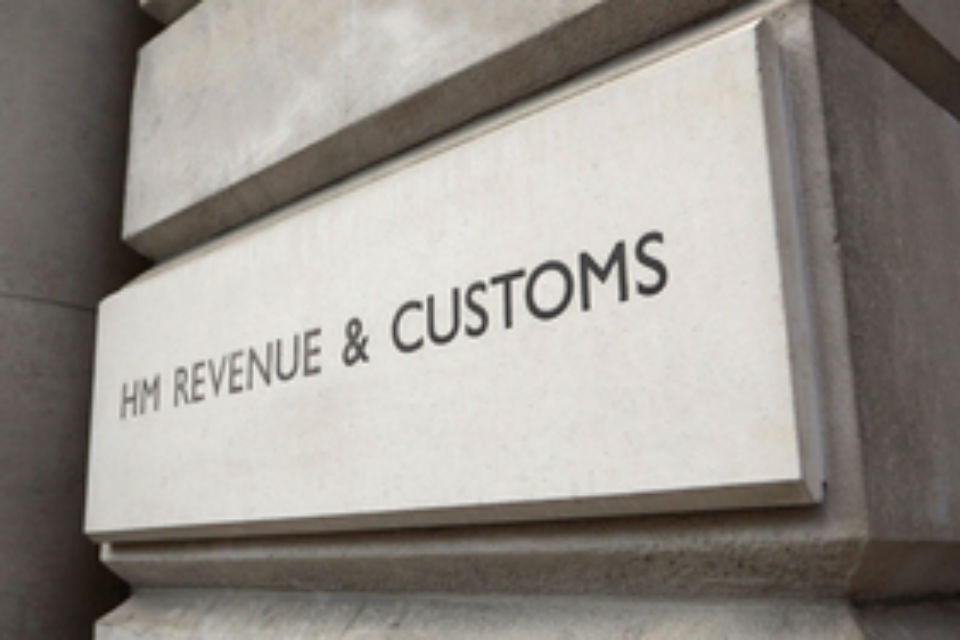Report finds 126,000 people were told to shield unnecessarily, as well as 30,000 who had already died
Problems accessing GP data delayed getting hundreds of thousands of people onto the list of those eligible for support while shielding, according to a report from the National Audit Office (NAO).
The report found that the government had not planned for the shielding of the clinically vulnerable in a pandemic, so a system had to be built from scratch. In England it chose to do this centrally, with the Ministry of Housing, Communities and Local Government (MHCLG) leading the work. On 18 March the UK’s four chief medical officers finalised a list of conditions that would lead to people being advised to ‘shield’, or stay at home for 12 weeks, with eligibility for support including food and medicine deliveries.
NHS Digital was given the job of compiling a list of those told to shield. It compiled a first version in just two days of 870,000 people, using hospital, maternity and prescribed medicines data. However, the hospital data was seven weeks out of date and in some cases it did not have enough detail on patients’ medical conditions, leading to 126,000 people being told to shield unnecessarily. A further 30,000 people who had died before 20 March were also sent letters advising them to shield.
It took until 12 April for NHS Digital to add a further 420,000 people based on data from GP systems, as the organisation did not have ready access to this data. From 9 April, NHS England asked GPs and NHS trusts to review the list, both to add and remove patients, and by 7 May, GPs had made 536,000 net additions and NHS trusts 318,000, some due to new diagnoses, and the number stabilised at around 2.2 million. The NAO said that practices varied locally, with NHS Liverpool Clinical Commissioning Group adding about 37,000 people to the list, taking it to 9.5% of the city’s population, compared with 2.4% in Oxford.
“Government has learnt lessons from this programme and is better placed should this type of support be required again.” – Gareth Davies, NAO chief
The government commissioned the Government Digital Service (GDS) to build a website and automated telephone service for those on the list to register through, and it had this live three days later on 23 March. It also charged the Department for Work and Pensions to set up a call centre to contact those who had not registered, which the department outsourced to Serco at a cost of £17.5m. The centre started making calls on 28 March and by 23 June had attempted to contact 1.8 million people, compared with an initial expectation of 750,000. It failed to register 815,000 people, 375,000 of them because of missing or inaccurate telephone numbers in NHS records and 440,000 who declined to register when contacted, some thinking it was a nuisance call.
From 28 April, GDS shared details of these 815,000 people with local authorities so they could check whether they needed help. However, there was no way for local authorities to return corrected data and they received multiple lists which they had to reconcile.
“The shielding programme was an important response to support clinically extremely vulnerable people asked to shield. It provided support to many of those most at risk from Covid-19, and delivered food to just over 500,000 people,” said NAO head Gareth Davies. “However, challenges pulling together data meant it took time to quickly identify those needing to shield, and therefore eligible for support. Government has learnt lessons from this programme and is better placed should this type of support be required again.”



